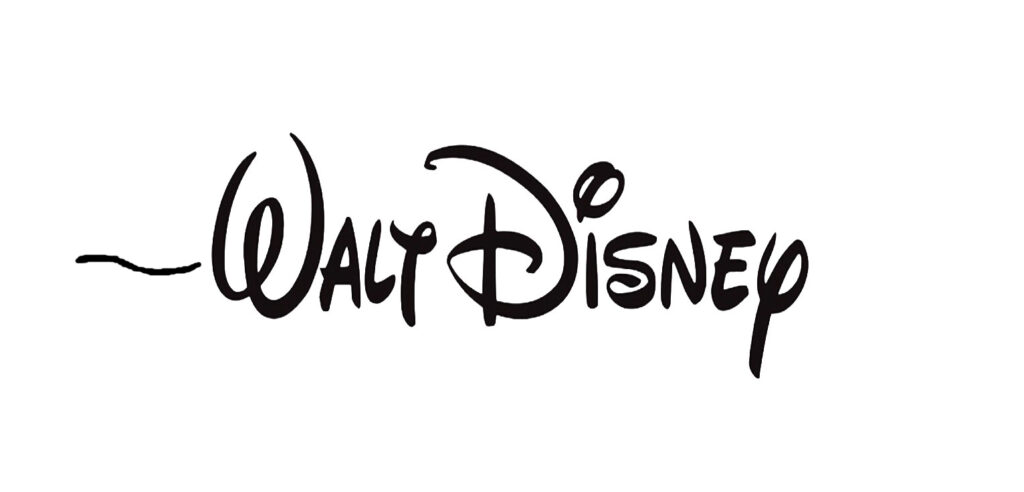ANIMATION: A “HAND-MADE” ART
Remarked Disney animator extraordinaire Marc Davis (1913-2000):
Animation is an anachronism. It is that rarity – a handmade product in a mechanized age.[1]
“Hand-made” yes, but intricately dependent on machinery! Because animated films share with other cinema the technology of film projection, these beautiful hand-drawn images are flashed in front of moviegoers’ eyes and controlled in minute detail down to at least one-eighth of a second. Traditionally, celluloid film ran through a projector at 24 frames per second. Our persistence of vision causes those images to blend together smoothly and create the illusion of movement.
Technically-speaking, we are watching a form of puppetry, a shadow show, today gloriously Techni-colored and infinitely detailed, a mechanico/electric descendent of the lanterna magica. The prime mover is still the human hand, the artist. Although several removes from the final product, this shadow puppeteer achieves new heights of expression through the wizardry of modern technology, specifically, cinematography.
Okay, so any projected film is in fact a mechanized shadow show: Gone with the Wind as much so as Pinocchio. How then can we claim that the latter, the “cartoon”, is any more actually related to puppet theater than the former?
Puppets are manipulated – by hand, by strings, by rods. The line between “manipulation” and “animation” is a very fine line, indeed. Manipulation can be considered a way of animating, just as the process of animation can be considered a way of manipulating. Lotte Reiniger (1899-1981), a German master proclaimed by many to be the leading exponent of shadow puppetry, produced her stunning films such as The Adventures of Prince Achmed (1926) using the same meticulous method as Disney, singly photographing each slight movement of her cut-out, hinged-jointed silhouettes against static backgrounds.
…one of the oldest and crudest techniques of animation – in effect, paper dolls… (with) none of the flexibility or subtlety of drawn animation…[2]
Very early in his career when Walt actually animated the images with his own hands, he tried Reiniger’s method but eventually abandoned it and instead re-drew the entire character each time, enabling a rounded three-dimensional appearance and a versatility of movement such as her approach could never come close to duplicating. Finally, Disney’s manipulation became entirely cerebral: he “imagineered” the movements and instructed his artists according to what he pictured in his head.
For unlike the live film-maker, who most often fashions his artifice out of an everyday reality of scenery, events, personalities, etc., Walt Disney concocted his movies entirely out of the froth of a profound detailed and prolific visual imagination – much assisted by a phalanx of talented colleagues to be sure but always ultimately guided by his own singular all-encompassing vision. As the live film-maker’s creation is comparable to its ancestors on the “living stage”, so Disney’s compares to its forebears in the puppet theater – “cartoons” filled with “characters of human imaginations…(that) neither reflect man nor reality, but live their own fantastic lives, lives of free beings”[3] able to participate in – as Walt himself phrased it – the “plausible impossible”. “The first duty of the cartoon” he asserted…
…is not to picture or duplicate real action or things as they actually happen – but to give a caricature of life and action – …to bring to life dream-fantasies and imaginative fancies…[4]
[1] Thomas, Bob: Walt Disney’s Art of Animation, Golden Books, Inc., NY, 1958, p.134.
[2] Schickel, Richard: The Disney Version, Discus Books, New York, 1969, p. 60.
[3] Vladimir Sokolov as quoted in Baird, Bil: The Art of the Puppet, MacMillan Company, New York, 1965, p. 17.
[4] Thomas, Bob: Walt Disney, An American Original, Simon and Schuster, New York. 1976, p. 125.
